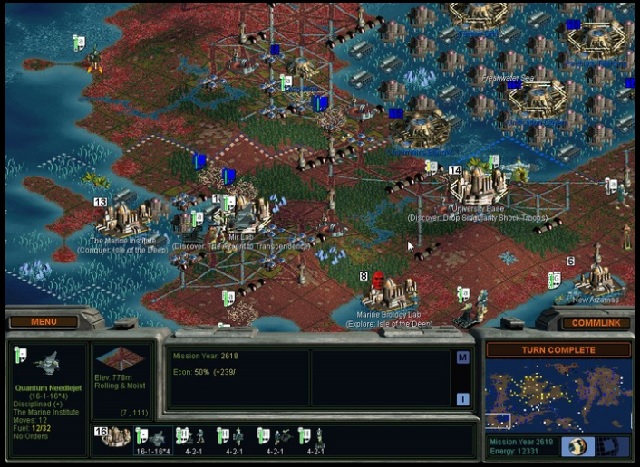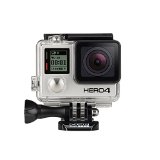揈very chess master was once a beginner.?(Irving Chernev, 1900-81)
In chess, there are three main stages to the game - the opening, middlegame, and endgame - with each requiring a different approach. Understanding the basics of each will help in formulating tactics, combinations, and overall strategy. All of it begins with a first move, and all of it is done to achieve checkmate.
Opening
With the chessboard substituting for a battlefield, each player begins with the same amount of forces and spatial control. During the opening, players set up their pieces for the 揵attle?ahead. This is when you抮e able to develop your chess pieces, moving them into positions of strength.
With eight pawns lining the frontline to begin the game, it抯 necessary to swiftly break them out, so that other pieces can be activated. You抣l want to develop a strong pawn structure, but not at the expense of your major and minor pieces. Note that a piece that languishes behind while others develop will be of even less use once the middlegame begins.
Thus, it抯 important during the opening to develop pieces quickly. Keep in mind though that for every piece you move, your opponent moves one as well. You抣l want to develop your forces as efficiently as possible, but also respond to what is happening on the opposite side of the board.
Middlegame
Once the board has developed and pieces are in a position to attack (and defend), the middlegame takes over. During this part of the game, the approach transitions from 揹evelop?to 揳ttack.?It抯 during the middlegame that tactics and combinations are put to use. Pieces are eliminated on both sides and the board begins to clear up. Spatial control grows in importance as well, with both sides wanting to occupy the center. In chess, the four central squares (d4-5, e4-5) are the most powerful.
As for how to best handle the middlegame, this is different for each individual player. Theories abound for both the opening and endgame, but for the middlegame, it more depends on player experience. Only through experience can you better recognize situations and thereby, formulate a plan that will work best for you.
The middlegame is where most of the action takes place, where the 揵attle?is waged. During this part of the game, players attempt to weaken their opponent抯 position while consolidating their own. This is reflected in the pieces that remain on the board for each side, as well as the position of said pieces once the endgame begins.
Endgame
With a reduced number of pieces to work with, players must now transition their approach to 搒trategy.?How to achieve checkmate with the pieces that remain? At this stage of the game, the king typically breaks out to become an active participant on the board. Whether he moves to avoid 揷heck?or to defend a position, such as an eighth rank from a pawn, the king sees more movement during endgame than at any other point of the match.
Also during endgame, the humble pawn grows in importance. With fewer obstacles in its way, movement becomes easier and a march towards a queening square becomes very real. If a 損assed pawn?can be created, the entire dynamic of the board can change. For this reason, attention must be paid to the remaining pawns; and in many instances, the endgame can become a standoff between king and pawn.
Checkmate
For each stage of the game, it抯 a matter of remaining in the moment. There is no buzzer that sounds to signal the approach of the middle- or endgame. Stages in chess happen organically and it抯 up to each player to be ready once the stage shifts and a new approach is needed. If caught off guard, checkmate could be upon you in a flash.
As Grandmaster Savielly Tartakower (1887-1956) once said, 揟he winner of the game is the player who makes the next-to-last mistake.?/p>





